5 Signs of Dermal Filler Complications in Black Skin
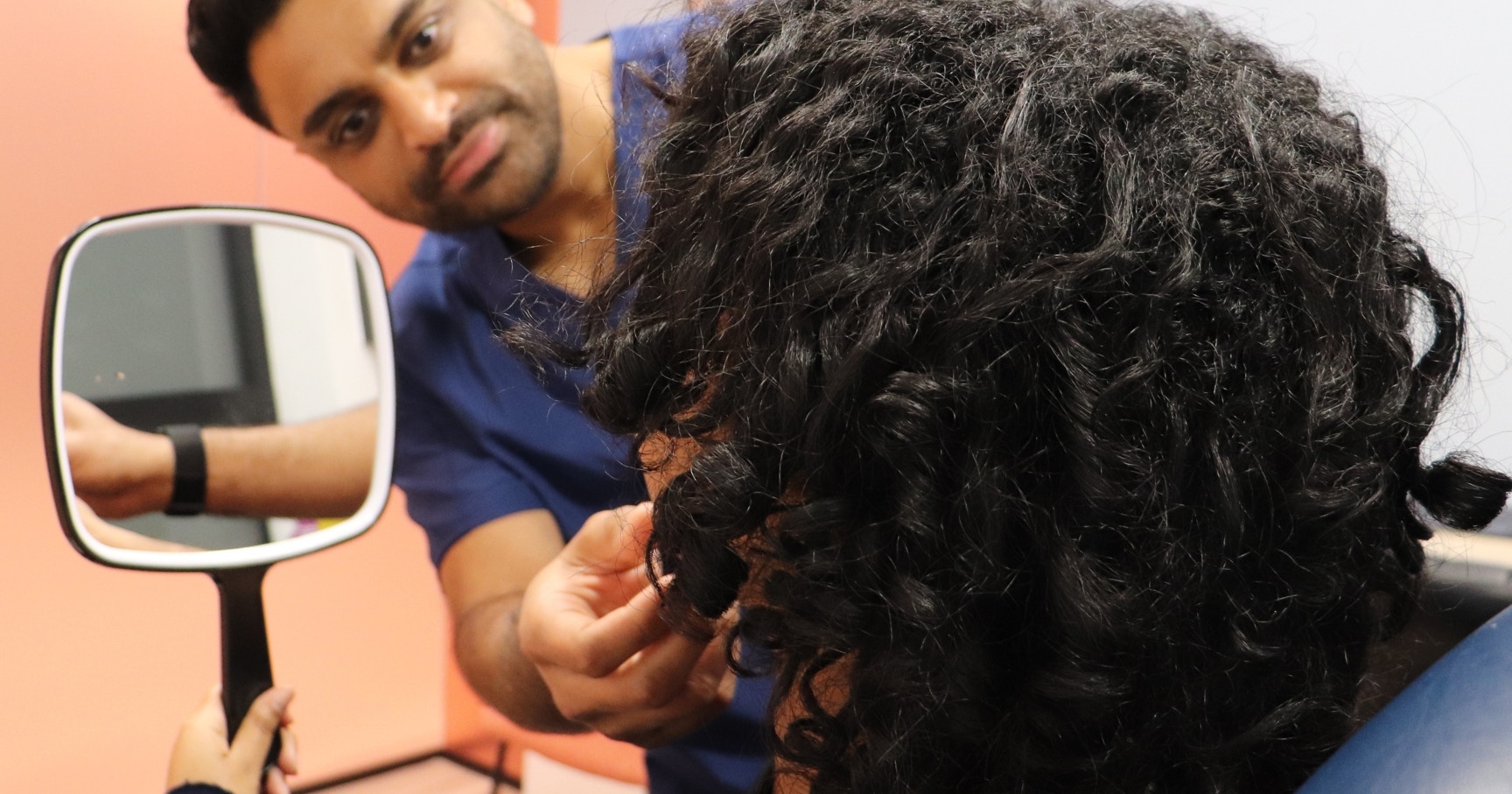
Aesthetic practitioners need to know how to spot filler complications in Black skin
Lots of injectors are taught to treat light skinned patients during their aesthetics training. Anatomical textbooks, visual guides, and teaching slides often feature Caucasian examples.
Whilst much of what’s discussed in these resources applies to all patients, there are certain areas where the approach or presentation may vary, based on skin tone. Filler complications is one of these areas.
Omitting inclusionary information can create a knowledge gap for injectors. If you’re not exposed to how filler complications appear in Black skin, how will you know how to recognise them?
As a responsible medical aesthetics practitioner, your duty is to treat every patient with equal skill. Doing so requires a commitment to inclusive education and personal study. This means:
- Seeking out resources that cover melanin-rich skin
- Asking your mentors about differences in clinical presentation
- Being proactive in recognising where your previous aesthetics training has not gone far enough.
Black filler patients deserve the same level of safe, evidence-based care as every other patient. To achieve this, injectors must know how complications present in deeply melanated skin, and how this differs from lighter skin.
Here we address some of the key differentials for Black skin in relation to common filler complications…

Signs of common filler complications in Black skin
Here, we explore five of the most frequently seen complications from dermal filler. For each, we explain how they present differently in patients with deeply melanated skin, compared to lighter complexions.
1. Bruising after filler injections
Bruising is one of the most common side effects after dermal filler treatment. In lighter skin, it’s easy to spot because the discolouration appears as purple, blue, or red patches.
In Black skin, bruising often looks different. Because of the higher baseline pigmentation, colour changes are less obvious. A bruise may appear as a subtle grey, dark brown, or ashy area. Sometimes, bruising is not visible at all. You cannot rely on visual confirmation alone, so palpation and patient feedback must guide your assessment. See below for a guide to bruise presentation and development in melanin-rich skin, using post-cheek filler as an example.
Signs of bruising in Black filler patients:
- Firm swelling that feels tender on palpation
- Patient reports of soreness without clear external colour change
- A dull or uneven surface appearance, rather than bright discolouration.
Prevention strategies to avoid bruising from injectables:
- Use the finest gauge needle or cannula appropriate for the area
- Apply firm but gentle pressure after injection to reduce bleeding
- Consider pre-treatment and aftercare advice on how to reduce bruising
- Communicate openly with your patients, explaining that bruising may not be visible but can still be present. You can also reassure them that it rarely affects the treatment outcome.
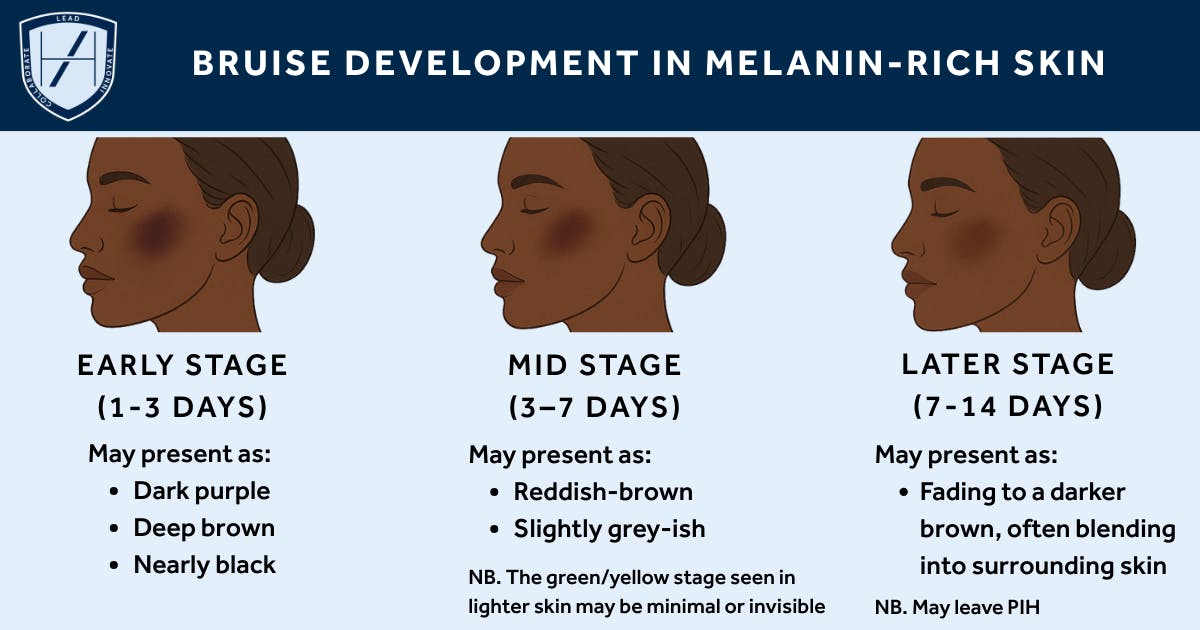
2. Capillary refill tests for Black skin
Capillary refill is a standard safety check during filler treatments. In white skin, compression of the skin causes blanching followed by a pink flush as blood flow returns.
In Black skin, this test is less reliable. Blanching is harder to detect because skin pigmentation masks the temporary loss of colour. The return of blood flow may also appear less pronounced. As such, awareness of the other assessment protocols is essential.
How to assess capillary refill in Black skin:
- Compare refill time with an adjacent untreated area
Look for changes in texture, dullness, or a loss of normal surface sheen - Pay attention to any delay in recovery rather than colour itself
- Ask the patient if they feel unusual sensations, such as tightness, throbbing, or tingling.
General filler complication prevention strategies:
- Inject filler slowly and in small volumes, using the minimum total volume needed
- Use aspiration as an additional check, while remembering it is not fully reliable
- Use a cannula where appropriate, especially in high-risk areas
- Ensure you’re using the optimal needle or cannula size and product for the treatment, according to the latest evidence. You can find this information in the GEM© by Harley Academy app
- Stay in constant dialogue with the patient during injection
- Be alert to patient-reported symptoms, which may be your earliest warning sign
- Monitor the tissue throughout the procedure, not just at the end.
3. Signs of vascular occlusion in Black skin
Vascular events, often referred to by the somewhat inaccurate term ‘vascular occlusion’, can be serious. Rapid recognition and management is critical for preventing necrosis.
In paler skin, vascular compromise often presents as blanching, mottling, or dusky discolouration. In darker skin tones, these signs may appear differently.
Warning signs of vascular events in Black filler patients:
- Mottling that presents as dark brown or grey patches instead of red-blue
- Skin that appears slightly ashy, dull, or uneven compared to surrounding areas
- Delayed or absent capillary refill, which may be the first objective sign. Bear in mind what we’ve said about cap tests in the section above
- Increasing pain, pressure, or throbbing, often described by the patient as unusual
- Progressive pain and swelling that does not match normal post-treatment recovery.
- The skin feeling cool to touch compared to the other side.
Strategies for managing vascular events in filler patients:
- Stay in constant dialogue with the patient throughout the management process
- Do not let them leave your premises until you are confident it’s safe for them to do so
- Remain calm and trust what your patient is telling you
- Do not dismiss patient pain as “needle sensitivity” if it’s severe or persistent
- Pain and altered sensation may alert you earlier than visual inspection
- Remember that colour change may lag behind symptoms in Black skin
- Have your emergency protocols ready for immediate action
- If you’re able to hold stock of hyalyronidase, make sure you have this to hand in sufficient quantities
- For non-prescribers, contact your emergency prescriber as soon as possible to alert them to the situation. Ensure you have an appropriate prescriber available to visit you and your patient face-to-face, in a timely manner, should dissolving be required.
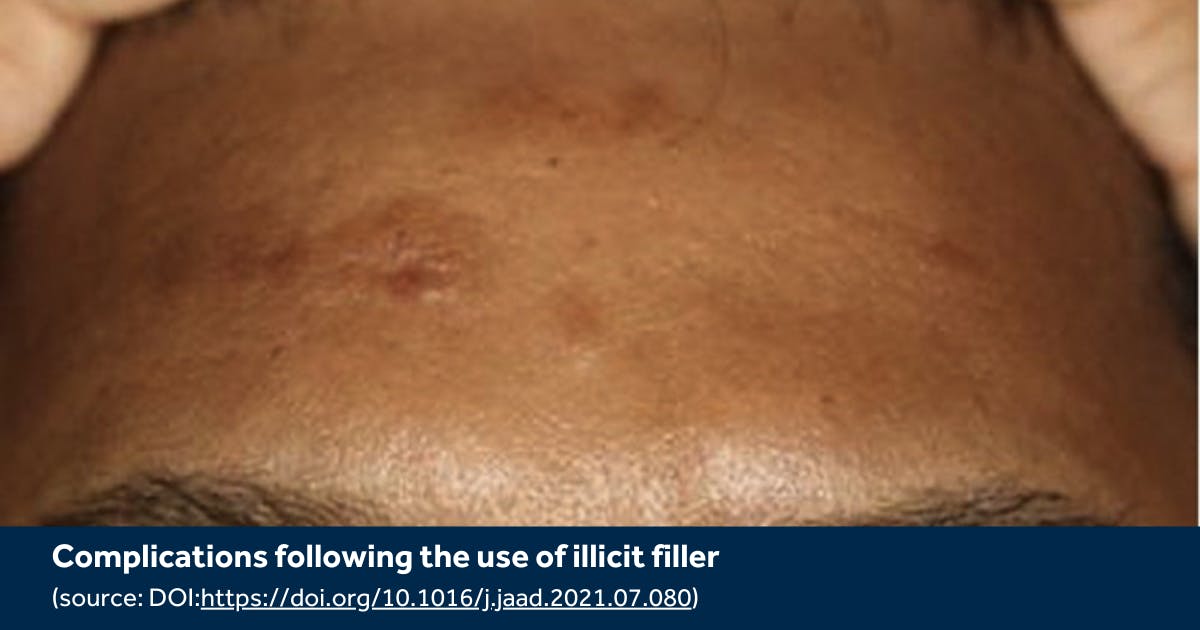
4. How inflammatory responses can present in Black skin
Some swelling and erythema are expected after filler treatment. The difficulty lies in recognising when an inflammatory response becomes abnormal.
In Caucasian skin, erythema is obvious; redness, sometimes with heat and tenderness. But redness may not be apparent in Black skin. Instead, you may see a deepening of the skin tone, or little visual change at all.
Signs of an excessive inflammatory response in melanin-rich skin:
- Prolonged swelling that does not subside after 48–72 hours
- Skin that feels warm or unusually firm compared to untreated areas
- Raised lesions or uneven skin texture
- Patient reports of ongoing tenderness, throbbing, or heat.
Minimising the risk of excessive inflammatory responses in filler patients:
- Use atraumatic injection technique to minimise tissue stress
- Avoid overfilling, which increases pressure and inflammation
- Counsel patients on normal versus abnormal recovery signs, with specific reference to their skin tone
- Schedule follow-up reviews within an appropriate timeframe, especially for first-time filler patients, regardless of complexion.
An absence of visible redness, doesn’t mean your patient has an absence of inflammation. When treating more melanated complexions, learn to rely on palpation, time course, and your patient’s experience. Never discount or minimise any pain or discomfort they relay to you.
5. Post-inflammatory hyperpigmentation in melanated skin
Post-inflammatory hyperpigmentation (PIH) is more common in Black skin. Even minor trauma can trigger increased melanin activity, leaving darkened patches that persist long after the initial event.
After filler treatment, PIH may develop in areas of bruising, inflammation, or injury. For some, these pigmentation changes can last months, or longer without intervention.This makes PIH risk one of the key differences when treating Black filler patients.
Signs of PIH:
- Dark spots or patches appearing after swelling and bruising have subsided
- Irregular pigmentation that does not match the patient’s baseline skin tone
- Areas of skin mismatch that are distressing for the patient, even if clinically harmless.
Prevention strategies for post-inflammatory hyperpigmentation following filler injections:
- Use fine, sharp needles or cannulas to reduce tissue trauma
- Avoid multiple passes whenever possible
- Advise strict sun protection after treatment; UV exposure worsens PIH
- Educate patients on the risk of pigmentation changes and how to manage them
- Consider early dermatological input for persistent pigmentation issues.
Holistic aesthetic practitioners, such as those who have completed our Level 7+, can offer personalised advice and treatment plans to tackle any hyperpigmentation.
This popular aesthetics course for healthcare professionals includes Harley Academy’s industry-leading Level 7 Diploma in Cosmetic Injectables. Ofqual-regulated and JCCP-approved, you’ll learn how to administer botox and filler treatments using the latest evidence-based techniques, for enhanced safety and efficacy.
This qualification is paired with our certified Cosmetic Dermatology Course, which includes modules dedicated to treating skin of colour and hyperpigmentation. These sit alongside other commercially astute skin treatments, including polynucleotides, microneedling and chemical peels.
Run regular complications management drills
We highly recommend all aesthetic practitioners run regular precautionary complications management drills. These benefit you and every patient cohort, and should include:
- Ensuring you have sufficient stock of the dissolving agent, hyaluronidase
- Checking the expiry date for your hyaluronidase supplies and setting up timely calendar reminders with advance notice, for when these will need replacing
- Making sure all injectors working at the practice know where this stock is kept and how to access it. Where to find any cabinet keys, for example
- Checking all emergency contact information, such as prescribing partners for non-prescribers, and local hospital referral details, are up-to-date
- Refreshing your knowledge of how to reconstitute hyaluronidase and the protocols for patch testing and administering this medication.
Being able to treat Black aesthetic patients with confidence
Aesthetic training may fall short of equipping practitioners with the knowledge to confidently treat Black skin. This is a serious limitation that means Black filler patients may be more likely to feel under-served, under-represented, and under-protected.
If you want to call yourself an aesthetic practitioner, you must be able to treat all skin tones. That includes recognising complications, knowing how they present, and preventing them with equal care and precision.
When taking any aesthetics course, ask yourself: does this teaching apply equally to all complexions? If you’re unsure, ask your trainer to clarify.
At Harley Academy, our clinical trainers always strive to highlight any instances where what is being taught may vary depending on the cohort being treated. This applies to gender and age, as well as race. They’re always willing to answer any questions you may have, so do please ask!
Being a competent injector means having the evidence-based knowledge to treat every patient safely, regardless of skin tone, age, or gender. It also means ensuring people know they’re catered for at your practice.
True mastery in aesthetics requires humility. It’s knowing where the gaps are and committing to closing them.
Black filler patients deserve the same high level of safety and artistry as every other patient. To deliver this, we must be proactive learners, thoughtful communicators, and inclusive aesthetic practitioners.
All information correct at time of publication
Download our full prospectus
Browse all our injectables, dermal fillers and cosmetic dermatology courses in one document
By submitting this form, you agree to receive marketing about our products, events, promotions and exclusive content. Consent is not a condition of purchase, and no purchase is necessary. Message frequency varies. View our Privacy Policy and Terms & Conditions
Attend our FREE open evening
If you're not sure which course is right for you, let us help
Join us online or in-person at our free open evening to learn more
Our Partners





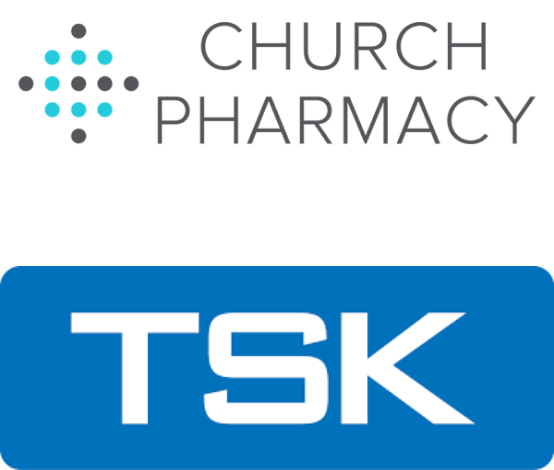
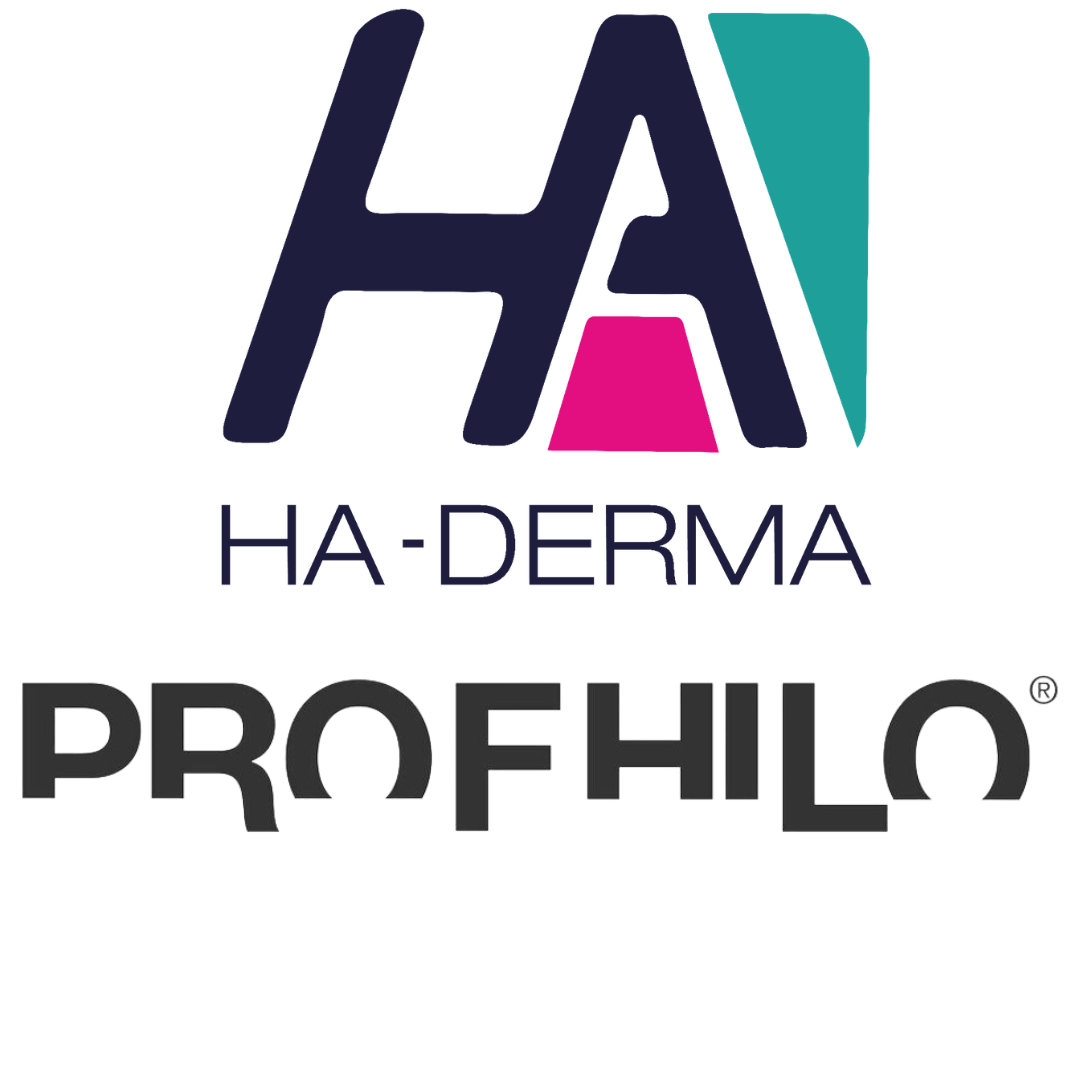
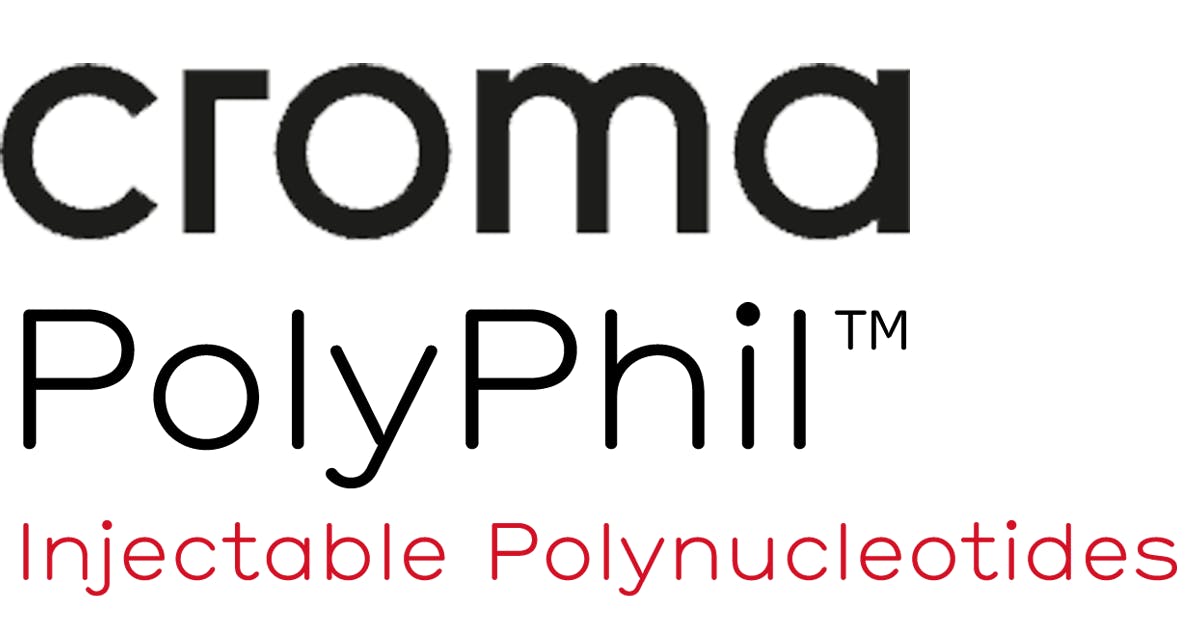
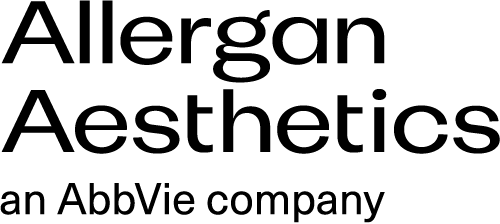


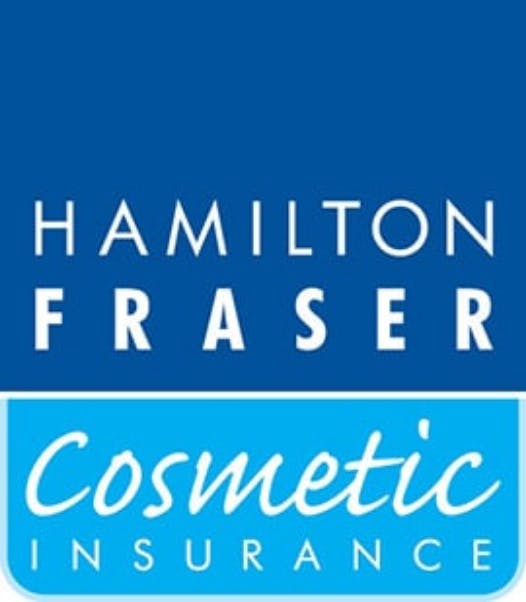
STAY INFORMED
Sign up to receive industry news, careers advice, special offers and information on Harley Academy courses and services


